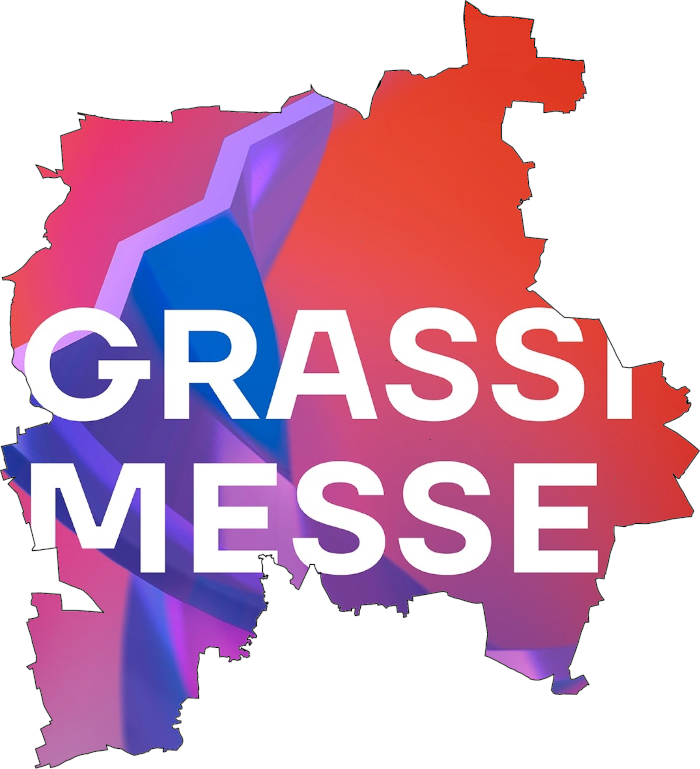Grassimesse Leipzig 1920, Morschn!
After several years of preparation, and a lot of, at times (very) heated, discussion, this past March saw the staging of the inaugural Grassimesse Leipzig in the city’s Rathaus.
Instigated by Dr. Richard Graul, Director of the Leipzig Kunstgewerbemuseum by way of a response to, an answer to, the increasing concerns amongst many professional creatives regarding the quality of contemporary objects of daily use presented at the bi-annual Leipzig Fair, for all the quality of the novel machine produced goods of contemporary industry, the Grassimesse intends to be not only a platform for presenting the highest quality of contemporary craft, applied art and design, but also to be a platform for exchange and mediation between creatives and industry and commerce, and thereby seeks to help to stimulate an increase in the quality, usefulness, beauty and value for money of the everyday goods of contemporary life.
An important part of the Grassimesse concept is that only works selected by a jury are admitted. Or more accurately, works selected by juries: potential exhibitors at the inaugural Grassimesse were first required to submit their work to a regional jury who, based on the prevailing requirements, made their recommendations to the principle jury who had the final say on who was to be admitted. A principle jury headed by Dr. Graul and including in its number both creatives such as, and amongst others, Peter Behrens, Walter Gropius, Josef Hoffmann or Bernhard Pankok and also representatives of manufacturers and dealers including, for example, Rosenthal porcelain, Selb, Rabe & Co, Bremen, Bruckmann & Söhne, Heilbronn or the Plauen based textile manufacturer Alfred Schönfeld.1 And thus a jury which tends to underscore not only the support Dr. Graul’s initiative has, but also the Grassimesse’s relevance, arguably importance, in context of the contemporary debates of our post-War 1920s.
In the coming days and weeks we’ll bring you some of our thoughts and reflections on some of those selected exhibitors, and of and from Grassimesse 1920 in general.
And for all crafters, applied artists and designers interested in being part of the Grassimesse, in contributing to its (hi)story, and in helping it develop further from its original aims and intentions, helping it remain a relevant and informative and entertaining platform for discussions and discourse on contemporary craft, applied art and design, applications for the 2024 edition can be submitted until Wednesday May 15th.
Whereby, the jury selection process for 2024 is much, much simpler than it was for 1920. If no less strict and demanding and rigorous. And no less important.
Full details, including details of the six Grassi Prizes up for grabs, a sextet that features the €2,500 smow-Designpreis, can be found at www.grassimesse.de
Good Luck!!!
Elisabeth von Baczko – Interior Design and Furniture
Gertrud Lincke – Interior Design and Furniture
Wilhelm Gutmann – Interior Design and Furniture
1. Die Werkstatt der Kunst, Vol, XIX, Nr. 12, 22nd December 1919, page 79
Tagged with: Grassi Museum für Angewandte Kunst, Grassimesse, Leipzig, smow-Designpreis
